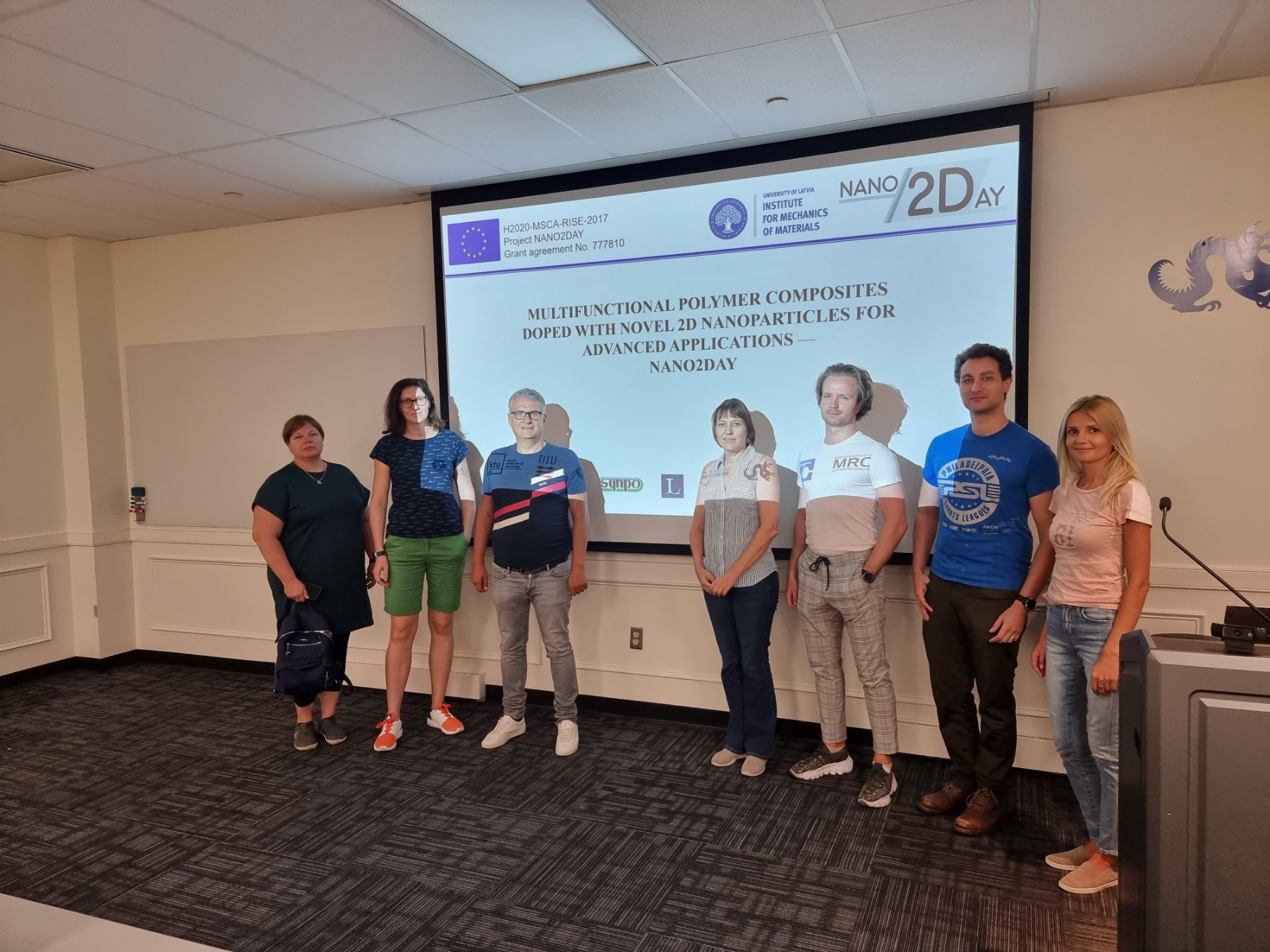| Rus | Eng |
Synthesis of carbon films by electrochemical etching of SiC with hydrofluoric acid in nonaqueous solvents*
a, a, a, b, Этот e-mail адрес защищен от спам-ботов, для его просмотра у Вас должен быть включен Javascript , a,
a Promotion Centre for Global Materials Research (PCGMR), Department of Material Science and Engineering, National Cheng Kung University, Tainan, Taiwan
b Department of Materials Science and Engineering, and A. J. Drexel Nanotechnology Institute, Drexel University, Philadelphia, PA 19104, USA
*In Press, Accepted Manuscript, Available online 24 January 2014, http://dx.doi.org/10.1016/j.carbon.2014.01.028
Abstract
Carbon films on SiC have many applications, ranging from tribology to electrical energy storage. Formation of epitaxial or heteroepitaxial layers of carbon on SiC by “soft solution process,” such as electro- or photochemical ones, are attractive for various fields of application, decreasing the energy consumption and making the process compatible with electronic device fabrication. We have demonstrated formation of a carbon layer on SiC ceramics by electrochemical etching in a nonaqueous electrolyte. The selective etching of Si from SiC in a single step reaction with hydrofluoric acid (HF) in different organic solvents has been carried out and the role of polarity, surface tension, density, and viscosity of the organic solvents in the formation of the carbon layer has been investigated. The solution of 1:4.6 ratio HF and ethanol at low current densities (10 and 20 mA/cm2) allows the best control over selective etching of Si forming amorphous and ordered carbon on the SiC surface. The presence of an intense G band of graphitic carbon in Raman spectra and high resolution transmission electron microscopy analysis indicate formation of ordered carbon on the surface of SiC. X-ray diffraction shows that the etching rate of α-SiC is much higher when compared to β-SiC.
|
|
|
|
|
Fig. 1. Raman spectra of unetched and etched SiC. (a) Unetched SiC (b) Etched at 10 mA/cm2, (c) Etched at 20 mA/cm2. Note: G = graphite band; D = disorder induced band; Inset shows the magnified carbon range of Raman spectra of samples etched at 10 and 20 mA/cm2 current densities |
|
Fig. 2. SEM images of SiC etched with HF solutions in different solvents at fixed current densities 10 mA/cm2 (a) acetonitrile (b) acetone (c) water (d) isopropanol |
|
|
|
|
|
Fig. 3. (a) Voltage vs time diagram for SiC etched with HF solution in (i) water, (ii) alcohol, (iii) acetone, (iv) isopropanol, and (v) acetonitrile. (b) Voltage vs time diagram for SiC etched with 5 molar HF solution in ethanol at (i) 2.5 mA/cm2, (ii) 5.0 mA/cm2, (iii) 10 mA/cm2, (iv) 20 mA/cm2, (v) 40 mA/cm2, (vi) 60 mA/cm2, and (vii) 80 mA/cm2 |
Fig. 4. SEM images of SiC etched in HF solution in ethanol at different current densities (a) unetched SiC (b) 5 mA/cm2 (c) 10 mA/cm2 (d) 20 mA/cm2 (e) 40 mA/cm2 (f) 60 mA/cm2. Note: Fig. 4 (d) inset shows a backscattered electron image of SiC etched at 20 mA/cm2. SEM micrographs of unetched SiC (g) and etched SiC (h) (at 20 mA/cm2) |
|
|
|
|
|
|
Fig. 5. TEM images of SiC etched in HF-ethanol (20 mA/cm2) produced at 200 kV |
Fig. 6. XRD patterns of unetched and etched SiC (a) unetched SiC (b) etched at 10 mA/cm2 (c) etched at 20 mA/cm2. |
|
|
|
||
| Fig. 7. Proposed reaction mechanism of SiC etching with HF in (5 M) ethanol solution at different current densities: (a) Si reacts with HF2- and follows the single-step mechanism at low current density (b) Si reacts with HF2- and follows single step mechanism at the optimum current density (c) Si reacts with OH- follows the two-step mechanism at high current density. | ||
Source: www.sciencedirect.com


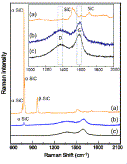
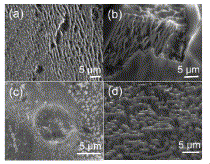
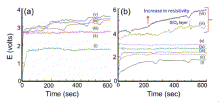
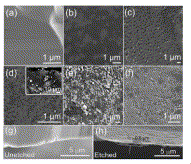
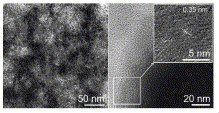
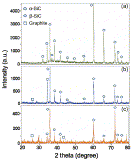
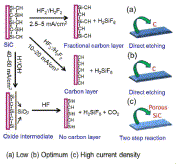


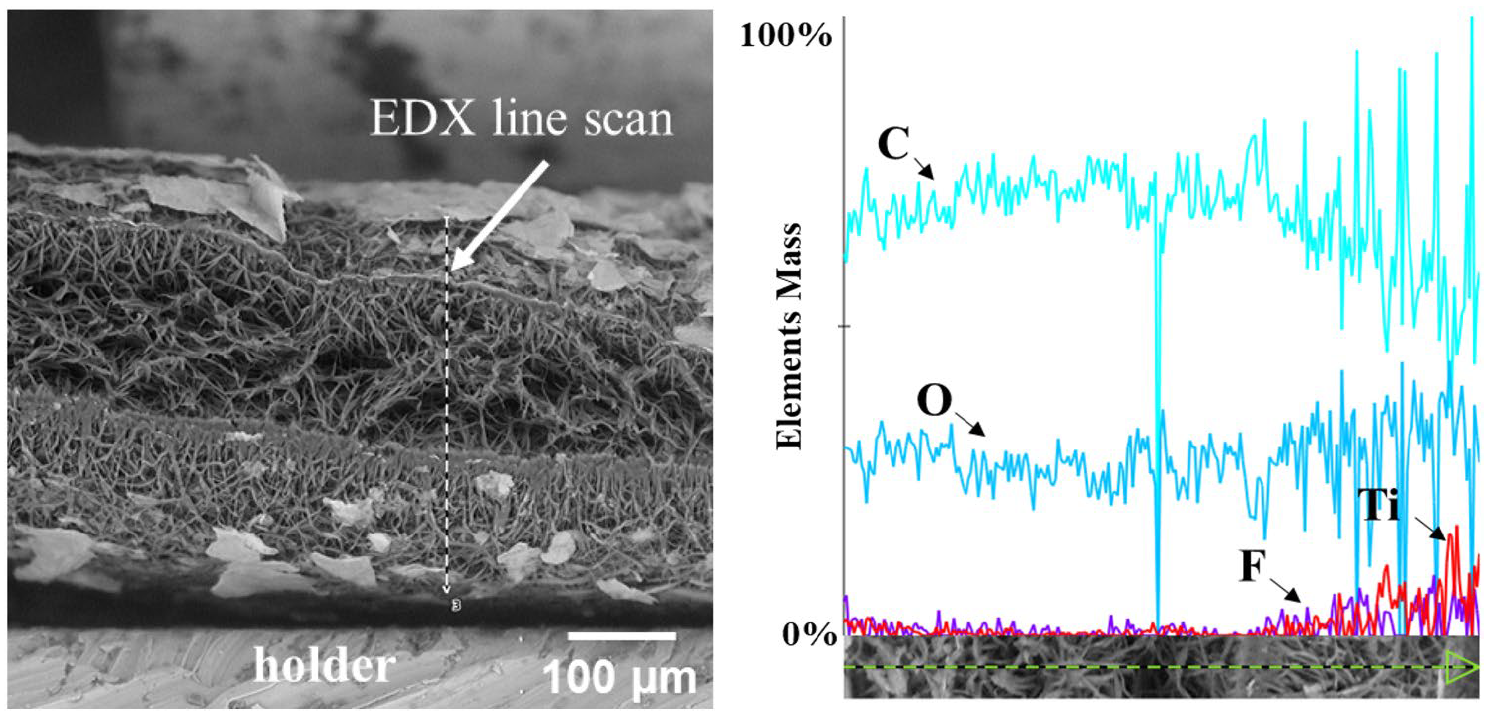 Here we demonstrate a new developed method for depositing Ti3C2Tx MXenes onto hydrophobic electrospun PCL membranes using oxygen plasma treatment. These novel patches hold tremendous potential for providing mechanical support to damaged heart tissue and enabling electrical signal transmission,thereby mimicking the crucial electroconductivity required for normal cardiac function. After a detailed investigation of scaffold-to-cell interplay, including electrical stimulation, novel technology has the potential for clinical application not only for cardiac regeneration, but also as neural and muscular tissue substitutes.
Here we demonstrate a new developed method for depositing Ti3C2Tx MXenes onto hydrophobic electrospun PCL membranes using oxygen plasma treatment. These novel patches hold tremendous potential for providing mechanical support to damaged heart tissue and enabling electrical signal transmission,thereby mimicking the crucial electroconductivity required for normal cardiac function. After a detailed investigation of scaffold-to-cell interplay, including electrical stimulation, novel technology has the potential for clinical application not only for cardiac regeneration, but also as neural and muscular tissue substitutes.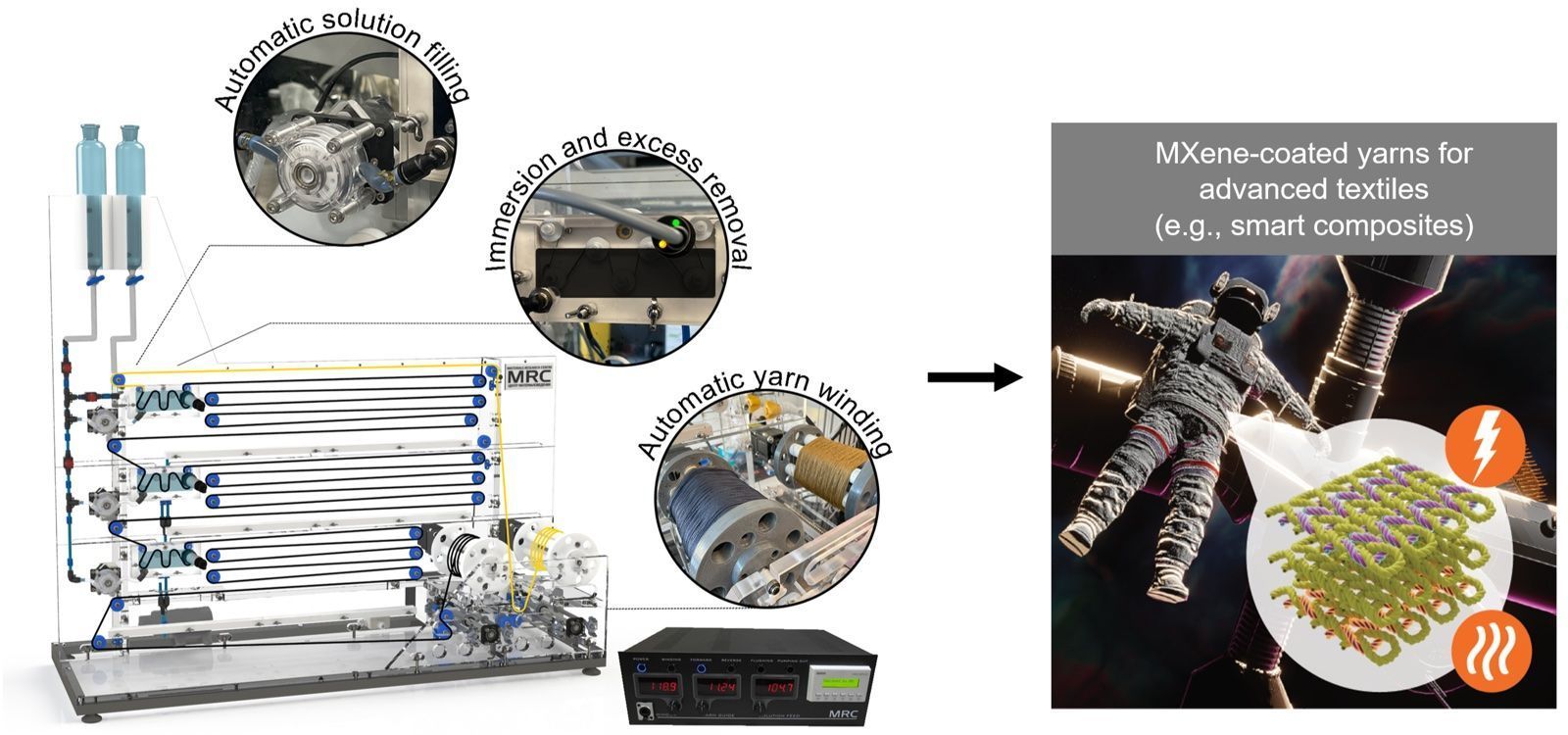
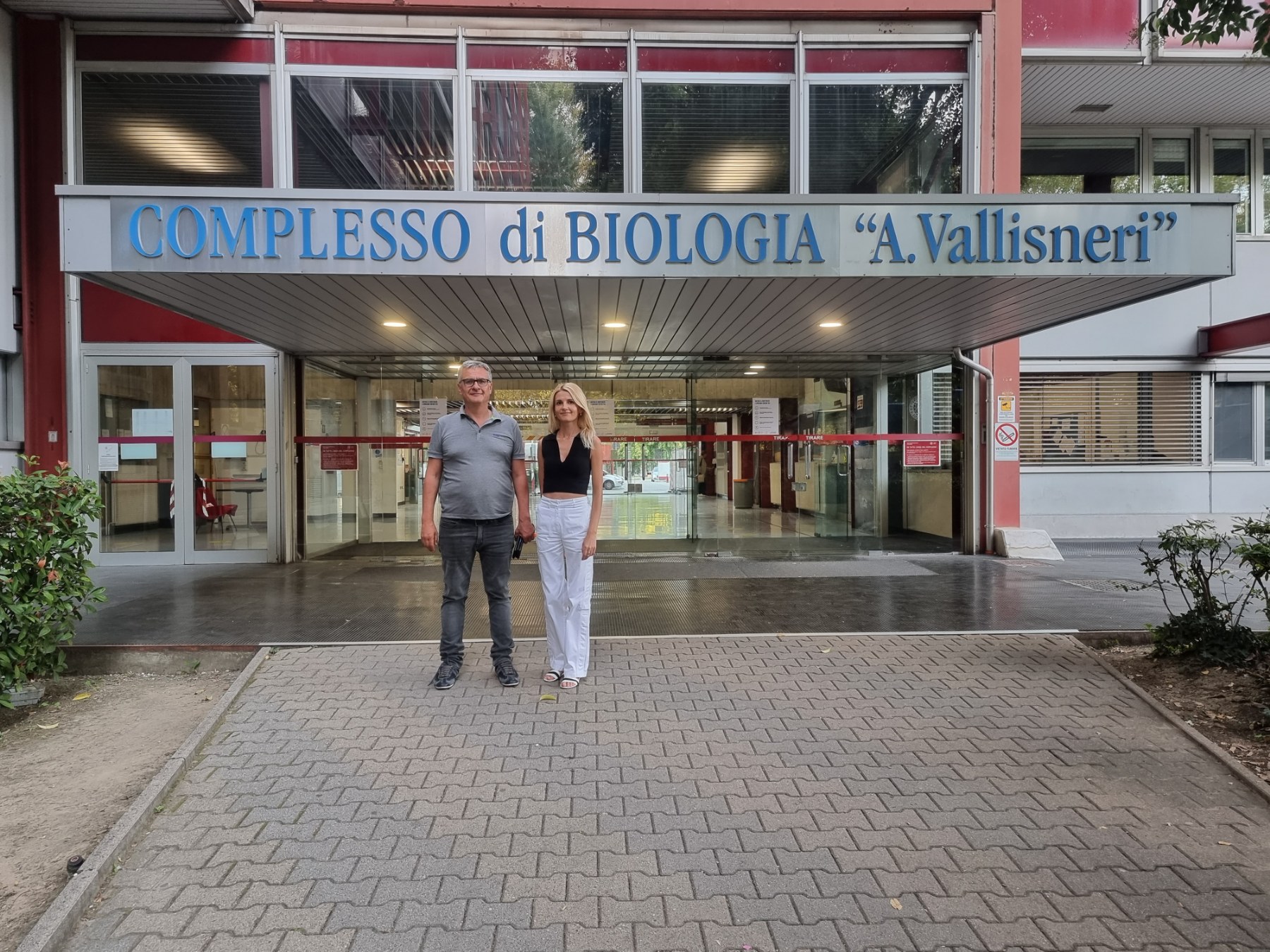 MX-MAP project participants from MRC Dr. Oleksiy Gogotsi and Veronika Zahorodna performed split secondment visit to project partner organization University of Padova (Italy). MX-MAP project works on development of the key strategies for MXene medical applications.
MX-MAP project participants from MRC Dr. Oleksiy Gogotsi and Veronika Zahorodna performed split secondment visit to project partner organization University of Padova (Italy). MX-MAP project works on development of the key strategies for MXene medical applications. 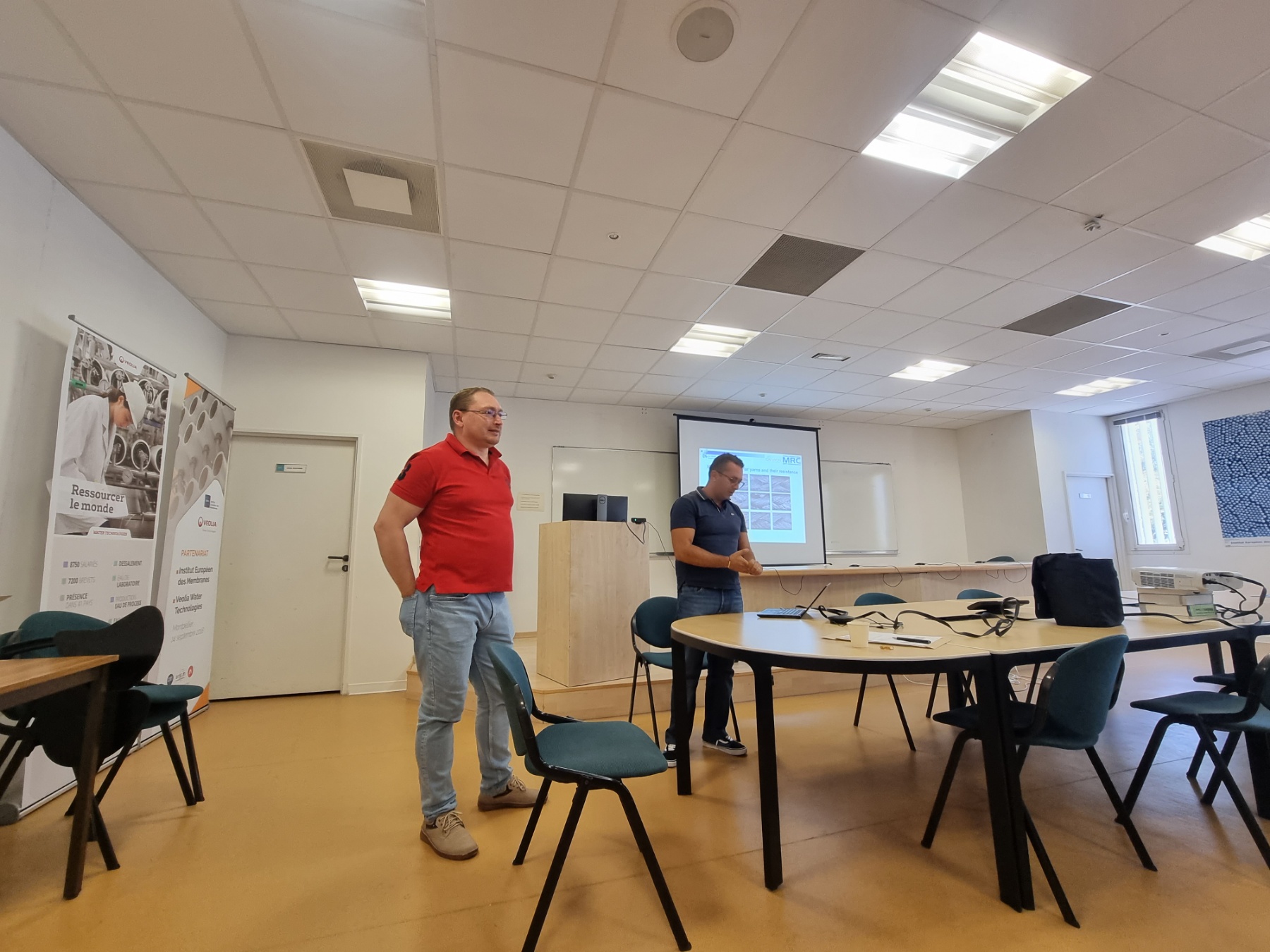 CanbioSe Project Meeting and Project Workshop was held at European Institute of Membranes (IEM), University of Montpellier, France on September 26-27, 2023. The workshop was focused on the theme of "Commercializing Biosensors, Intellectual Property, and Knowledge Transfer from Academia to Industry.
CanbioSe Project Meeting and Project Workshop was held at European Institute of Membranes (IEM), University of Montpellier, France on September 26-27, 2023. The workshop was focused on the theme of "Commercializing Biosensors, Intellectual Property, and Knowledge Transfer from Academia to Industry. Dr. Oleksiy Gogotsi and Veronika Zahorodna visited IEEE NAP 2023 conference held in Bratislava on September 10-15, 2023. The prime focus of the IEEE NAP-2023 was on nanoscale materials with emphasis on interdisciplinary research exploring and exploiting their unique physical and chemical proprieties for practical applications.
Dr. Oleksiy Gogotsi and Veronika Zahorodna visited IEEE NAP 2023 conference held in Bratislava on September 10-15, 2023. The prime focus of the IEEE NAP-2023 was on nanoscale materials with emphasis on interdisciplinary research exploring and exploiting their unique physical and chemical proprieties for practical applications.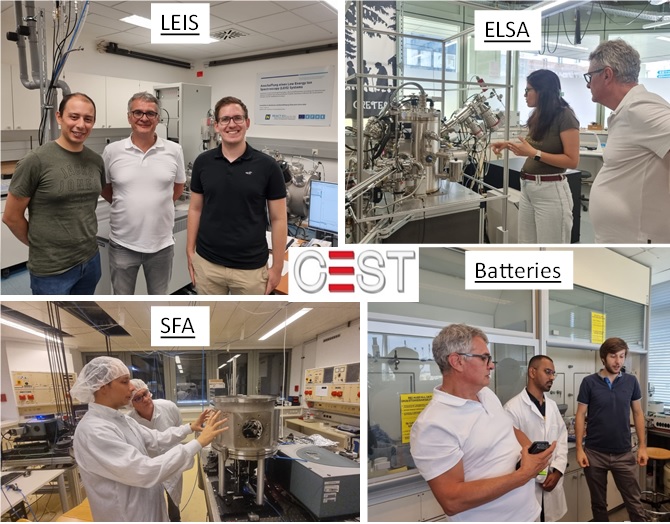 Director of MRC and Carbon-Ukraine Dr. Oleksiy Gogotsi visited CEST labs in Wiener Neustadt (Low Energy Ion Scattering, Batteries development) and TU Vienna (ELSA, SFA). He meet with Dr. Pierluigi Bilotto, Dr. Chriatian Pichler and their colleagues, discussing novel materials and r&d activities for new technologies.
Director of MRC and Carbon-Ukraine Dr. Oleksiy Gogotsi visited CEST labs in Wiener Neustadt (Low Energy Ion Scattering, Batteries development) and TU Vienna (ELSA, SFA). He meet with Dr. Pierluigi Bilotto, Dr. Chriatian Pichler and their colleagues, discussing novel materials and r&d activities for new technologies.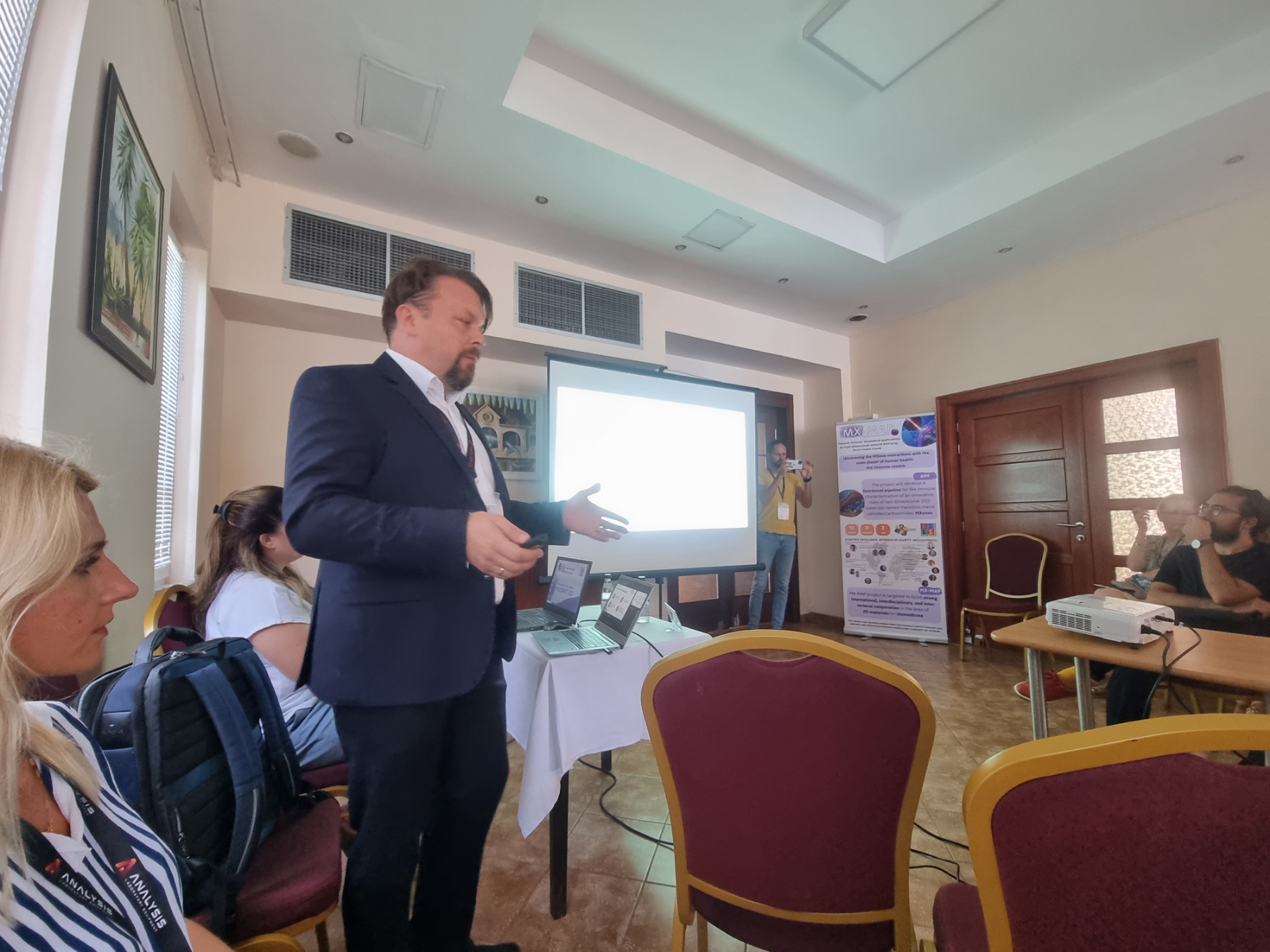 MX-MAP Session was held during the YUCOMAT Conference 2023 titled: "Towards MXenes’ biomedical applications by high-dimensional immune MAPping", HORIZON-MSCA-2021-SE-01 project MX-MAP.
MX-MAP Session was held during the YUCOMAT Conference 2023 titled: "Towards MXenes’ biomedical applications by high-dimensional immune MAPping", HORIZON-MSCA-2021-SE-01 project MX-MAP.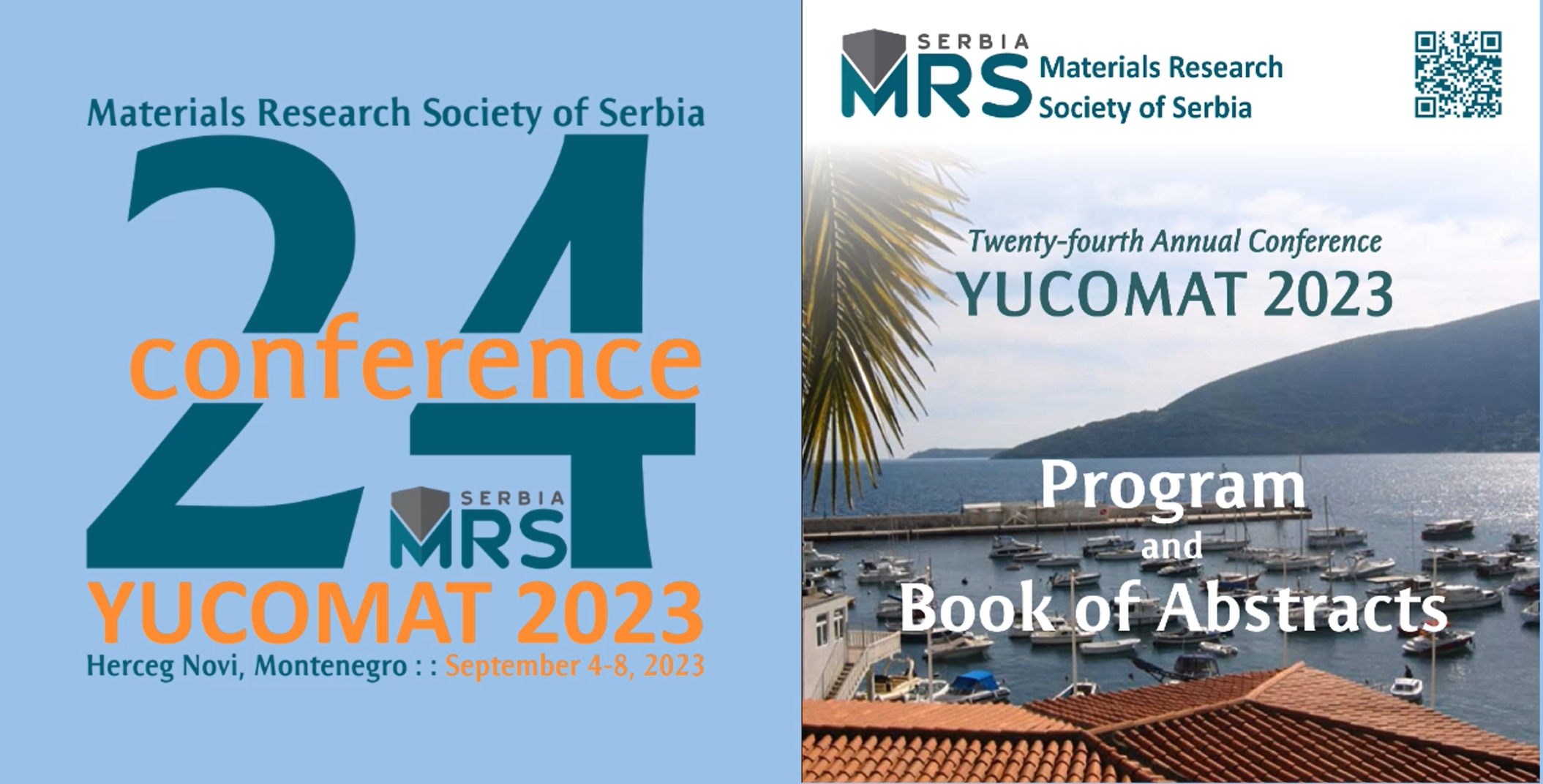
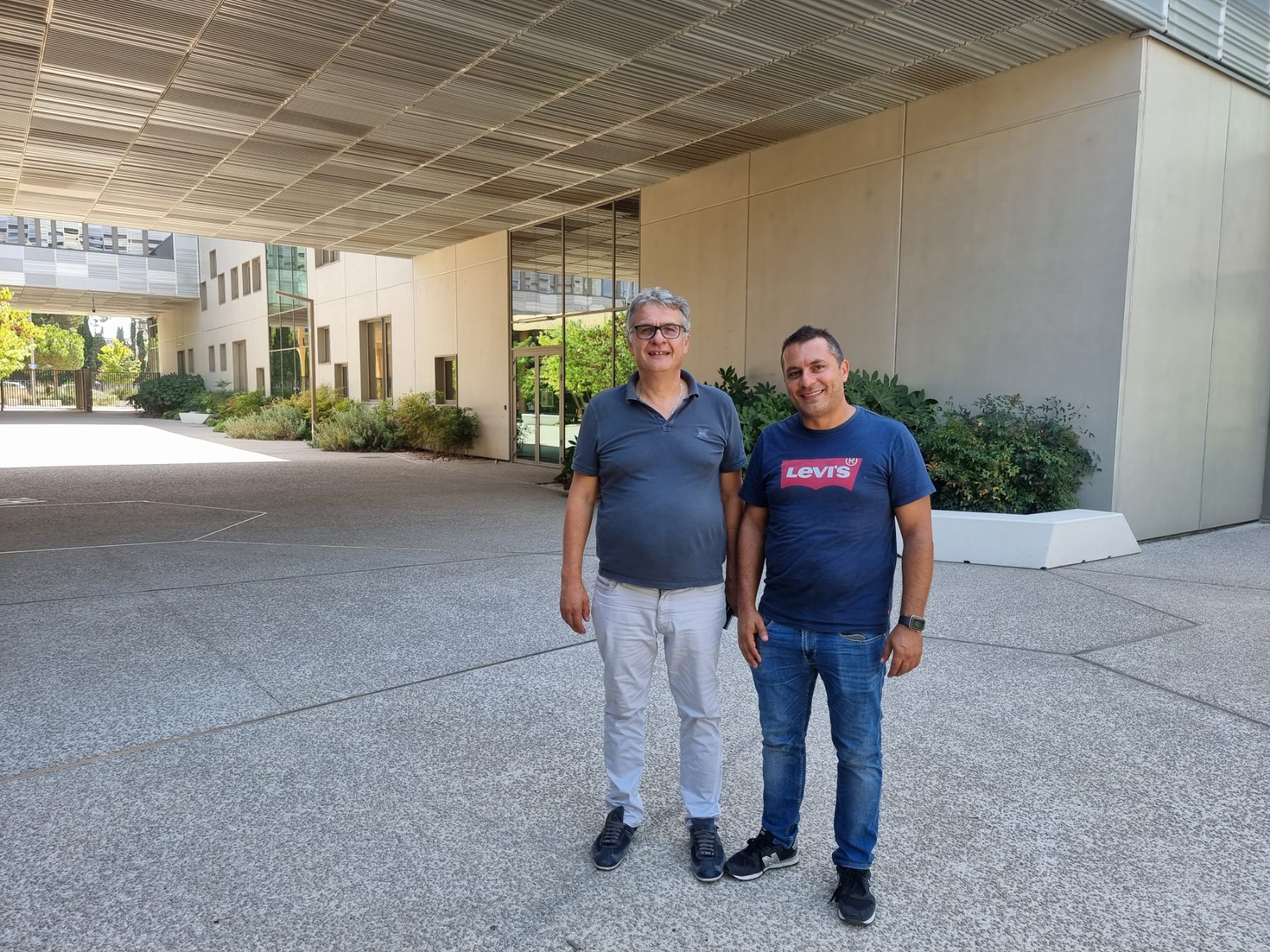 CANBIOSE project participants from MRC Dr. Oleksiy Gogotsi and Veronika Zahorodna performed secondment visit to project partner organization European Institute of Membranes in Montpellier (France) on August -September 2023.
CANBIOSE project participants from MRC Dr. Oleksiy Gogotsi and Veronika Zahorodna performed secondment visit to project partner organization European Institute of Membranes in Montpellier (France) on August -September 2023.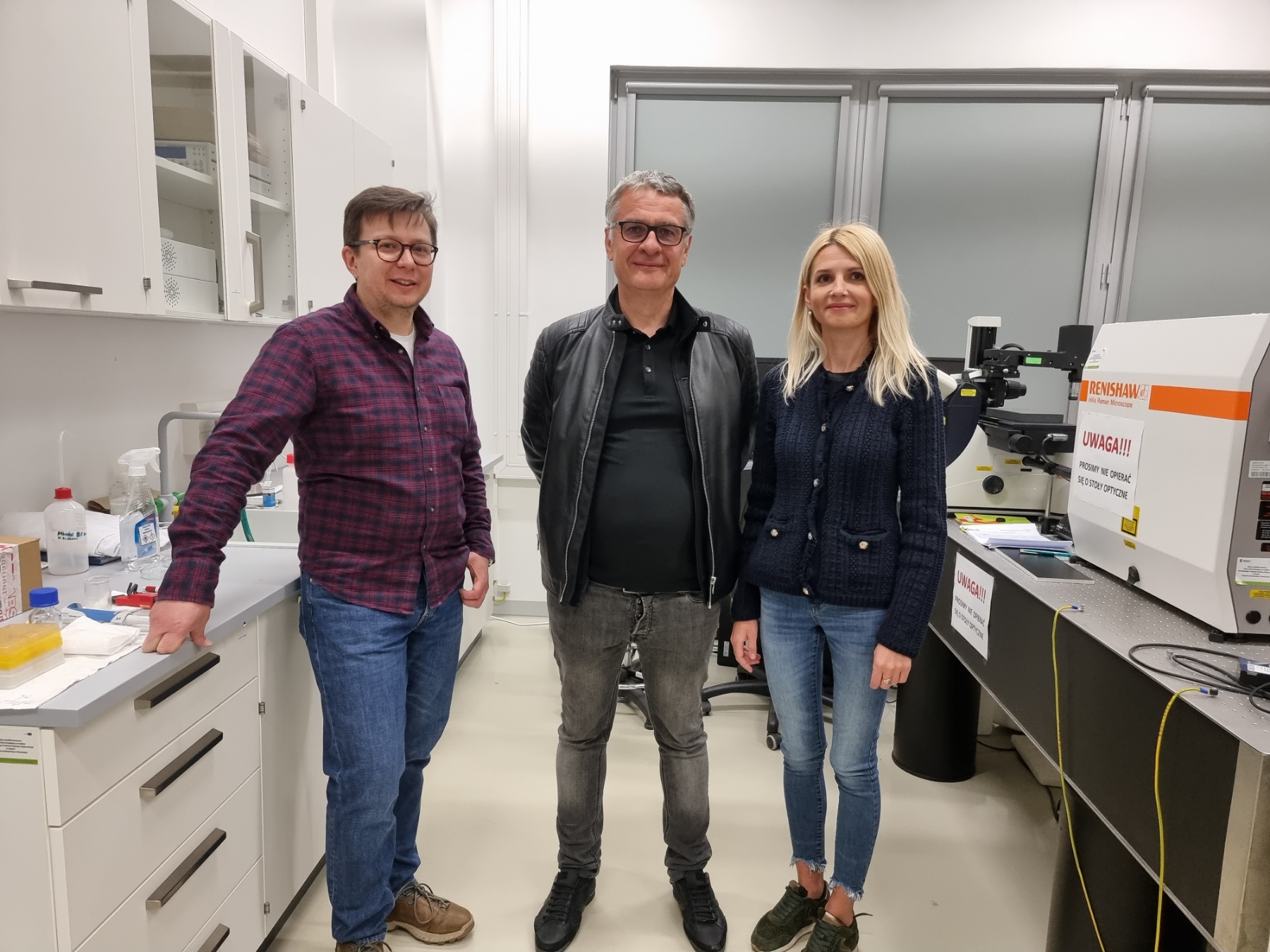 MRC researchers Dr. Oleksiy Gogotsi and Veronika Zahorodna were visiting Nanobiomedical Centre, Adam Mickewicz University in Poznan, Poland due to close collaboration with AMU team led by Dr. Igor Iatsunskiy.
MRC researchers Dr. Oleksiy Gogotsi and Veronika Zahorodna were visiting Nanobiomedical Centre, Adam Mickewicz University in Poznan, Poland due to close collaboration with AMU team led by Dr. Igor Iatsunskiy. 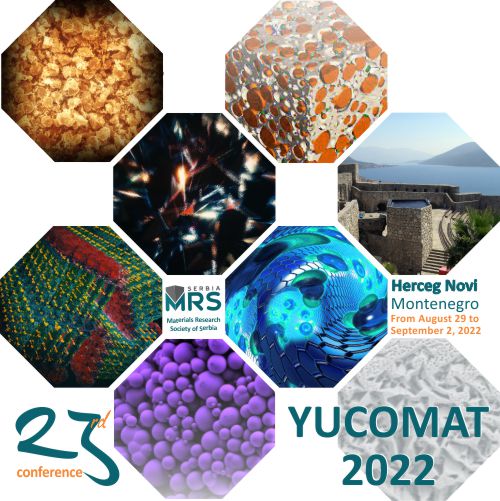
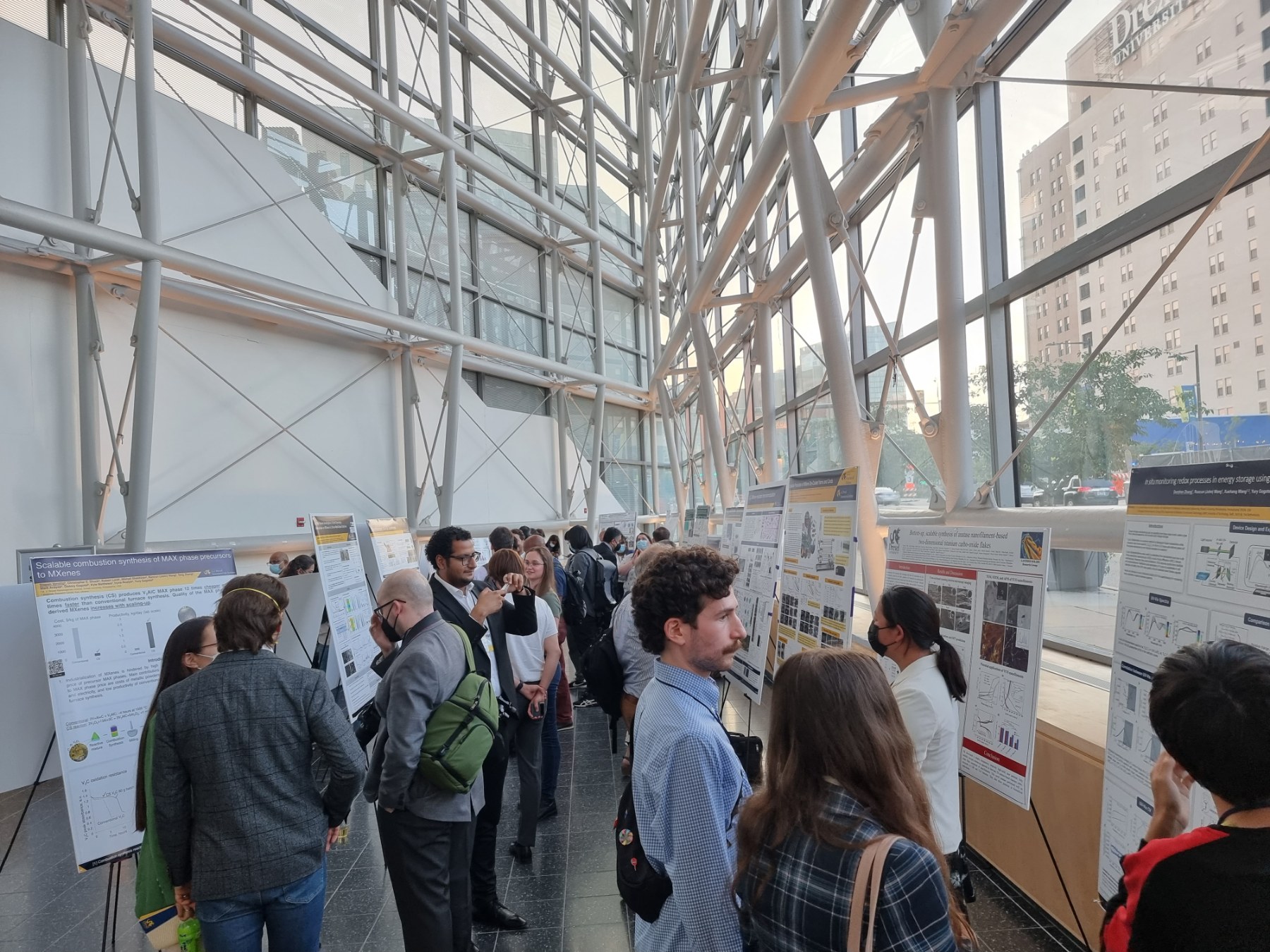
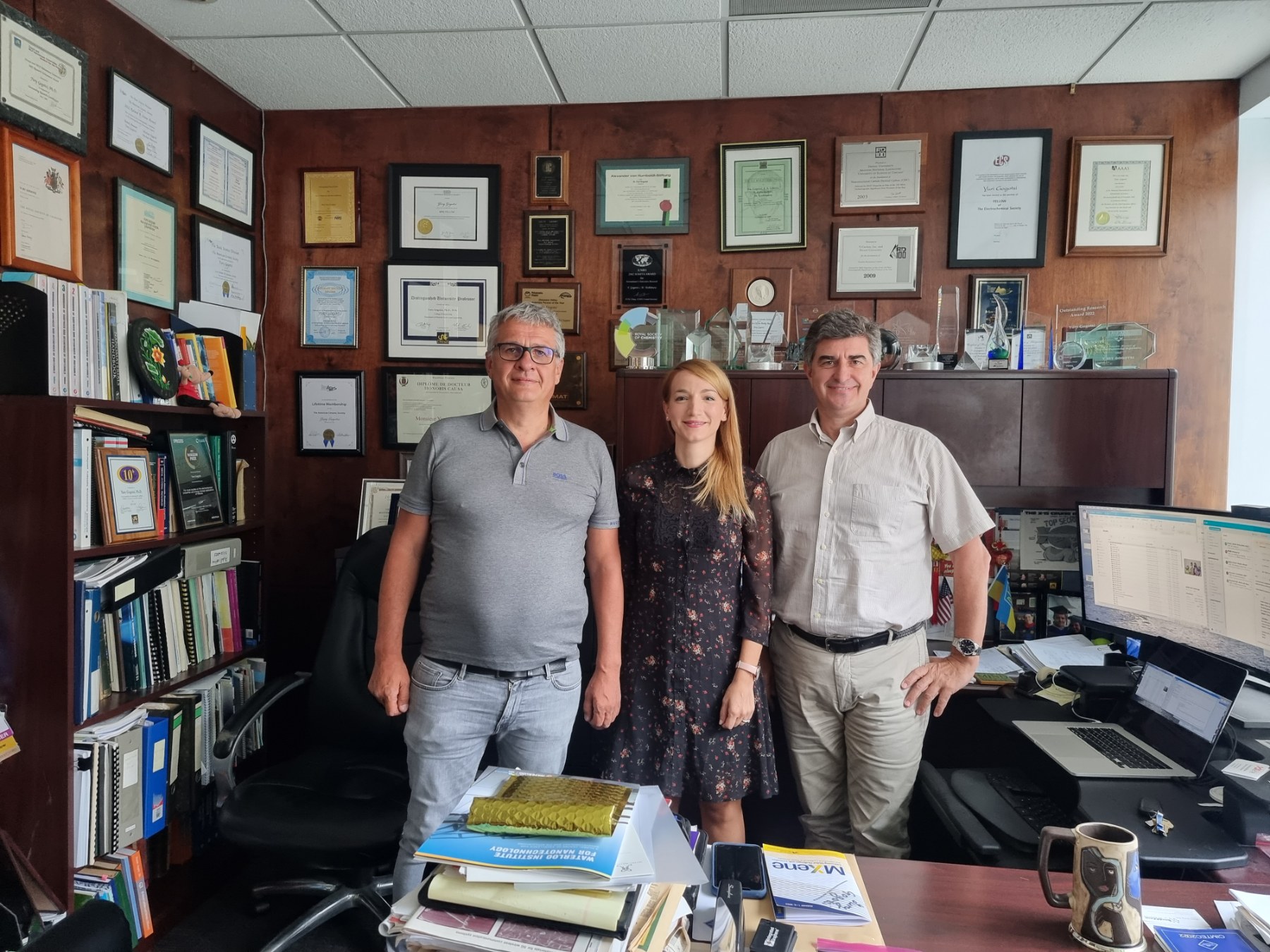 Meeting during the MXene international conference held in Drexel University on Aug. 3, 2022, and discussing the roadmap for launching MX-MAP research project on MXenes for medical applications.
Meeting during the MXene international conference held in Drexel University on Aug. 3, 2022, and discussing the roadmap for launching MX-MAP research project on MXenes for medical applications.